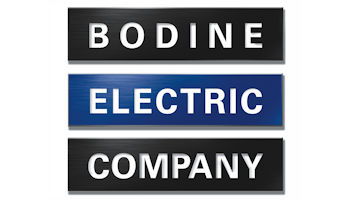Glossary
The PRINTING United Alliance Glossary serves as an excellent industry terminology resource. It is the language by which we all communicate. Without it, universal understanding would be impossible.
To keep our constituents well informed about changes to the increasingly complex industry terminology, PRINTING United Alliance has developed this glossary of terms. Definitions are for general reference only. Usage may vary between companies, individuals, or national and country customs. The information presented is as accurate as the authors and editors can ascertain and PRINTING United Alliance assumes no responsibility for the use of information presented herein.
-
Chlorinated solvent
A family of solvents made up of carbon, hydrogen and chlorine, or carbon and chlorine. (Chlorinated solvents have high solvent strength for oils and fats not ordinarily dissolved by the esters, ketones, or alcohols). -
Choke
A process whereby an image is made smaller in size without changing its shape or position. -
Chroma
(1) Intensity or strength of a color, the degree of brightness or brilliance; (2) The extent that a color is diluted by white light; (3) Its saturation or degree of departure from black and white; (4) Hue or color information. -
Chromalin
A color proofing system by DuPont. -
Chromatic
Perceived as having hue; not white, gray, or black. -
Chromatic attributes
Those attributes associated with the spectral distribution of light. -
Chromaticity
A color specification that is indicated by dominant wavelength and purity. -
Chromatone
A photographic color print process. -
Chrome green
An opaque green pigment that is fairly light resistant, made by mixing freshly precipitated iron blue and chrome yellow. -
Chrome yellow
A light resistant opaque yellow pigment composed essentially of lead chromate. -
Chromic acid treatment
An acid bath treatment for polyolefins (polypropylene, polyethylene), in preparation for coating, bonding, or printing. -
Chrominance
The portions of a signal that are dedicated to describing the hue and saturation. Used in measuring the difference between two colors of equal brightness. -
Chromium
In photosensitive process, a blue-white metallic element compound which is used as a bleaching or hardening agent. -
Chromium tanning
The changing by action of actinic light, of polyvinyl alcohol films, coatings, or emulsions containing potassium bichromate or ammonium bichromate that results in the PVA becoming insoluble in water. -
Chronic
A toxic effect that results from exposure to a toxic material over a long period of time. -
Chronic effect
Refers to the adverse health effects that develop over a long period of time or upon repeated/prolonged exposure to a hazardous material. -
Chuck
A holding jig or fixture for three-dimensional ware, used to position the object to be decorated. -
CIE - Commission International de l'Eclairange
A set of color standards based on mathematical modeling of human vision and light, CIE color spaces are used for the communication of color independent of a specific device. -
CIE chromaticity coordinates (Trichomatic Coefficients or Trilinear Coordinates)
The ratios of each of the tristimulus values of a color to the sum of the tristimulus values. (In the CIE systems they are designated by x, y, and z). -
CIE chromaticity diagram
Two-dimensional graph of the chromaticity coordinates, x as the abscissa and y as the ordinate, which shows the spectrum locus (chromaticity coordinates of monochromatic light 380 to 700nm). -
CIE L*a*b*
Scale adopted by the International Commission on Illumination (CIE) to serve as a worldwide standard for color measurement. -
CIE LAB (L*a*b*)
A color model to approximate human vision consisting of three variables: L* for luminosity, a* for one color axis, and b* for the other color axis; the most widely used and recognized color matching system for describing colors with numbers. -
CIE luminosity function
A plot of the relative magnitude of the visual response as a function of wavelength from 389 to 780 nm adopted by CIE in 1924. -
CIE LUV (CIE L*u*v*)
Color space in which values L*,u* and v* are plotted at right angles to one another to form a three dimensional coordinate system with equal distances in the space approximately represent equal color differences. -
CIE standard illuminants
Known spectral data established by CIE for four different types of light sources.






